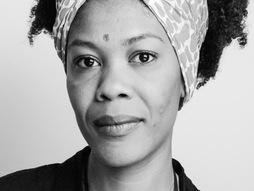Where in the world has Humanae been?
Photographer Angélica Dass captures some of humanity’s truest colors through her portrait project Humanae, a catalogue of human skin color displayed as a simple, captivating collage of Pantone portraits that reflects the deepest shades of brown and black, to the lighter tones of white, pink and everything in between. For Dass, Humanae is more than […]
Continue reading

